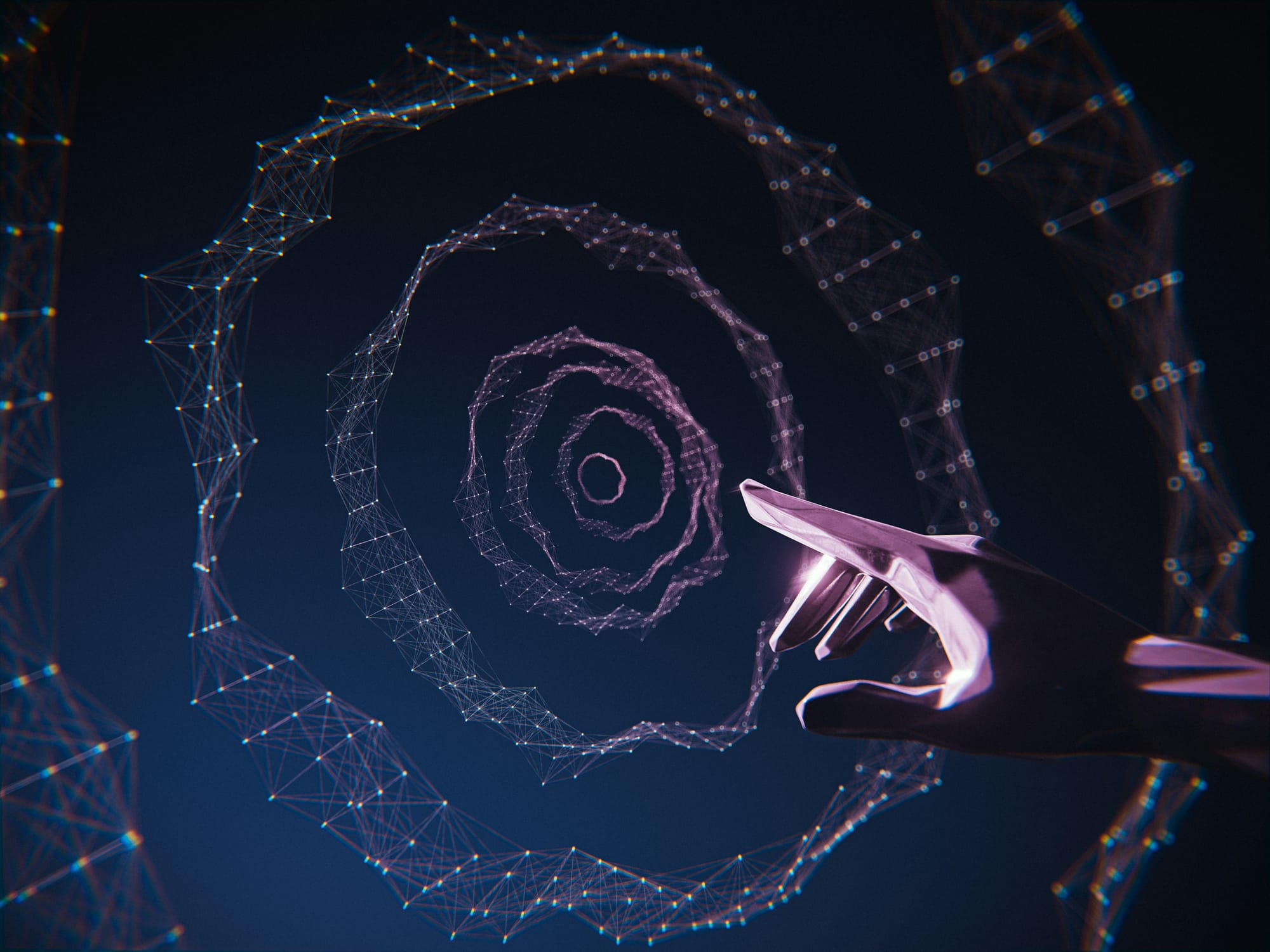The writing is on the wall—or rather, in the unemployment statistics. Artificial intelligence isn't just coming for American jobs anymore; it's already here, and younger workers are paying the highest price.
If you're a Gen Z professional in tech, marketing, or finance, this isn't a distant future concern—it's your present reality. The unemployment rate for 20- to 30-year-olds in the tech sector has skyrocketed by nearly three percentage points since early 2024, an increase that's over four times higher than the overall jobless rate. This isn't a coincidence; it's the first wave of AI-driven displacement hitting American workplaces.
The Numbers Don't Lie
The statistics paint a sobering picture of AI's immediate impact on young professionals. According to recent labor data, more than 10,000 job cuts in July 2025 alone were directly attributed to companies adopting generative AI technology. Since 2023, over 27,000 job losses have been explicitly tied to AI implementation.
Goldman Sachs economist Joseph Briggs warns that 6% to 7% of all American workers could lose their jobs to AI automation in a baseline scenario. However, the burden isn't distributed equally across age groups. Workers aged 18–24 are 129% more likely than those over 65 to worry that AI will make their jobs obsolete.
The technology sector, once a promised land for young professionals, has become ground zero for this transformation. Private tech companies announced more than 89,000 job cuts through July 2025, representing a 36% increase from the previous year. Goldman Sachs research shows the tech sector's share of the U.S. employment market peaked in November 2022—coincidentally, when ChatGPT launched—and has since fallen below its long-term trend.
Why Young Workers Are First in the Firing Line
The disproportionate impact on younger workers isn't accidental—it's strategic. Entry-level positions, traditionally filled by recent graduates and early-career professionals, are particularly vulnerable to AI automation. These roles often involve routine tasks that AI can perform more efficiently and cost-effectively than human workers.
George Lee from Goldman Sachs Global Institute explains that technology executives are "currently cautious about hiring junior staff as they start to integrate AI into their operations". Companies are asking themselves: "How can I begin to optimize my organization to be more agile and adaptable without compromising our competitive advantage?" Unfortunately, young employees are "somewhat caught in the crossfire during this transition".
The situation has become so severe that 49% of Gen Z job seekers now believe AI has reduced the value of their college education in the job market. This represents a fundamental shift in how young Americans view their educational investments and career prospects.
Industries Under Siege
The impact extends far beyond traditional tech roles. Anthropic CEO Dario Amodei has issued a stark warning that half of all entry-level white-collar jobs could be eliminated by AI within five years, potentially driving unemployment rates up to 20%. The industries most at risk include law, marketing, technology, and finance—sectors that have traditionally offered strong career paths for college graduates.
This isn't theoretical. Companies are actively replacing workers with AI tools, with 23.5% of U.S. companies having already replaced workers with ChatGPT or similar AI technologies. Among companies using these tools, 49% report they have displaced human workers.
The Ripple Effect
The consequences extend beyond immediate job losses. As 40% of employers expect to reduce their workforce where AI can automate tasks, the remaining entry-level positions are becoming more competitive and lower-paying. Companies expect new hires to work alongside AI for less compensation, fundamentally altering the economic equation for young professionals.
This creates what experts call a "talent pipeline problem" with significant implications for social mobility and equal representation. When entry-level opportunities disappear, it becomes increasingly complex for young people from diverse backgrounds to break into professional careers and build wealth over time.
Looking Forward: Adaptation, Not Despair
While the statistics are alarming, they don't spell doom for an entire generation. The same technological forces creating disruption are also generating new opportunities. AI and information processing technology are expected to create 11 million new jobs while displacing 9 million others.
The key for young workers is strategic adaptation. The data shows that 20 million U.S. workers are expected to retrain in new careers or AI use within the next three years. Those who invest in upskilling, embrace continuous learning, and develop skills that complement rather than compete with AI will be better positioned to thrive.
Goldman Sachs forecasts that while AI's peak unemployment impact could affect millions of workers, it will be limited to a "manageable" 0.5 percentage point increase as other industries absorb displaced workers over the next decade.
The Bottom Line
AI's impact on young workers isn't a future possibility—it's today's reality. The unemployment statistics, corporate announcements, and economic forecasts all point to the same conclusion: younger professionals are experiencing the first wave of AI-driven job displacement in American history.
However, this moment also represents an opportunity for a generation that has grown up with technology to lead the charge in adapting to an AI-integrated economy. The question isn't whether AI will continue to reshape the job market—it will. The question is whether young workers will proactively prepare for this transformation or remain reactive to forces already in motion.
For America's youngest professionals, the choice is clear: adapt, upskill, and evolve—or risk becoming another statistic in AI's employment revolution.




Discussion